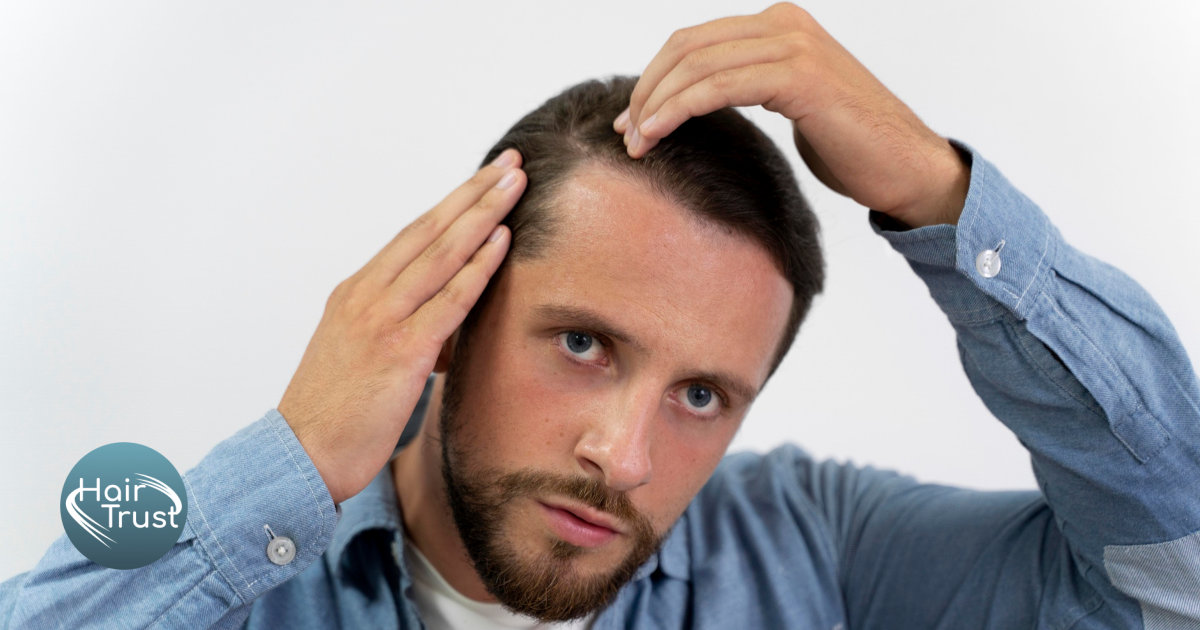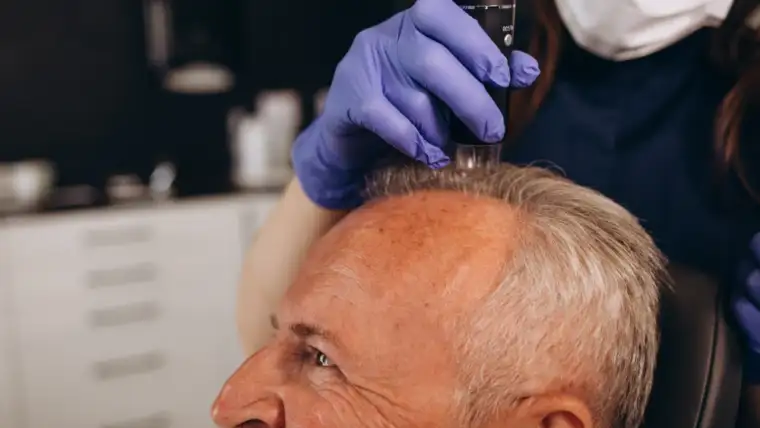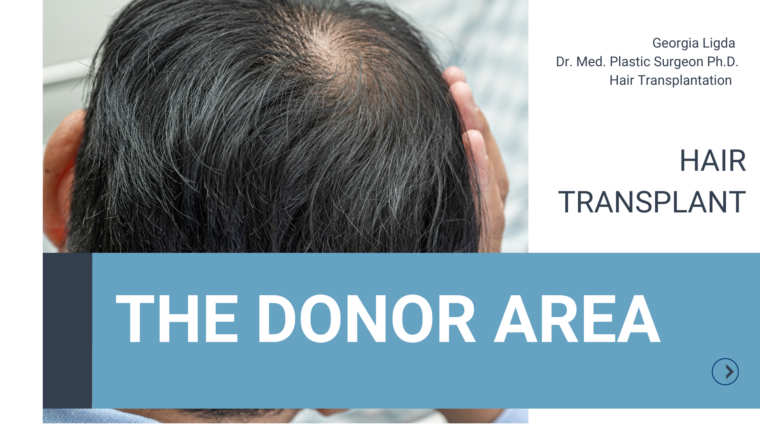By Georgia Ligda
Dr. Med. Plastic Surgeon. Ph.D.
The patient’s usual/typical expectations
- A single hair transplant will restore 100% the missing hair and their youthful look
- Hair transplant is finished on the procedure day
- Whatever goes wrong with the transplanted hair growth, it is the medical team to be blamed
The operation’s typical characteristics
- Whether or not a single hair transplant can restore the whole alopecia problem depends on many factors.
- The hair transplant is not finished on the procedure day. Only the surgical part is
- The patient is jointly responsible to a degree with the medical team for the hair transplant result
Explanations to the patient
Hair transplant is a surgical operation applied on live human tissue on an awake person.
The above means that:
- the surgeon has to medically respect the skin and not to overdo it in practice and injure it severely causing complications.
- the patient has to cooperate throughout the whole long lasting process. Situations like hyperactivity, anxiety, nervousness, uncomfortable positioning, may cause problems and prevent the completion of the process.
Restoration of the alopecia
Complete restoration of the AGA alopecia pattern in a single hair transplant depends on the followings:
- Grade of AGA. The greater the grade (in the Norwood scale), the greater the size of the alopecia area to be restored and the smaller the size of the donor area that provides hairs.
- Donor area characteristics. Its size and hair density determine the provision of adequate number of hairs to transplant. In a single day the donor area may provide up to 5000-5500 hairs as long as its characteristics allow it.
- Patient’s cooperation: it is important for the patient to be calm and patient during the procedure. Extreme anxiety or nervousness may lead from high blood pressure to panic attack or other more severe situations that in addition to stopping the procedure may require specific treatment .
Limitations of the Surgical procedure
Hair transplant is done with the use of surgical instruments, which means that the skin gets surgically traumatized (injured).
This is why there are limits on the number of hairs that should be extracted from the donor area as well as on the number of hairs that should be placed per cm2 of bald skin.
These limits apply in order to diminish the risk of skin healing complications and other local symptoms as well as to ensure the min hair density left in place at the donor area as well as the transplanted hair follicles’ survival, thus the new hair growth at the recipient area.
In the same sense there are limits on the size of the gaps among existing hairs at the recipient area, in order to fit the implanter’s needle safely and place the transplanted hair follicles without destroying those hairs in place (shock loss phenomenon).
Limitations also apply to the duration of the surgical procedure because the extracted hair follicles should be placed in a reasonable period of time back into the skin ensuring this way their survival.
The patient has to understand that the initial hair density (especially if that was over 120-130 hairs /cm2) cannot be restored surgically.
Hair transplant does not grow hairs in the skin from the inside out like Nature originally does. Instead the transplanted hairs are placed from the outside in the skin with the use of instruments.
This means that there are always small gaps in-between the transplanted hairs left in place that cannot get filled because there is no space enough for the implanter’s needle to safely fit.
In a hair transplant in addition to restoring optimum hair density there is also the matter of restoring the new hairline regarding its shape and height that must be done according to the age of the patient and the AGA grade.
A hair transplant does not always 100% restore the patient’s very youthful appearance. Many times the target is improvement of the alopecia pattern to a smaller AGA grade.
The new hairline’s characteristics should be such so that the restored hair density should be satisfactory too. It is better to keep a high hairline and optimum hair density at the restored areas than a short hairline and sparse hair allover the restored areas.
There is always the option of iterative hair transplants for further scalp enhancements.
Hair transplant is not absolutely finished on the procedure day
Hair transplantation as a surgical procedure is completed on the same day.
Yet as a histophysiological skin process lasts about 10 days because this is how long it takes for the transplanted hair follicle grafts (which are practically small skin pieces) to take root permanently inside the recipient skin.
During these first 10 post operative days the patient’s compliance with the post op instructions has a great impact on the hair transplant’s result.
Post operative patient compliance as a shared responsibility for the hair transplant result
Patient’s obligations :
- To take care of the transplanted area as advised
- To comply with all the post operative general instructions and restrictions that stand during the first 10 post op days
- To wash their head as advised regarding the type of shampoo to use, the shampooing methodology and its frequency
- To report any kind of problem that they may notice
Focus on
- The medical team will do the best given the circumstances each time, both before (necessary medical preparation), during (surgical procedure) and after (follow up) the procedure
- The patient’s cooperation is absolutely necessary during and after the procedure (post op instructions) and makes him jointly responsible with the medical team for the result
- More than one hair transplant may be needed to improve and complete hair restoration of the entire alopecia area



